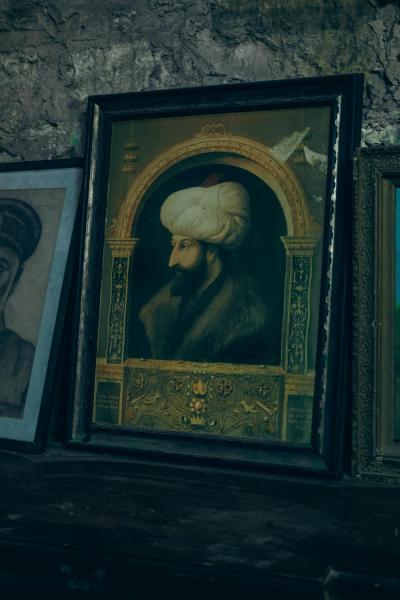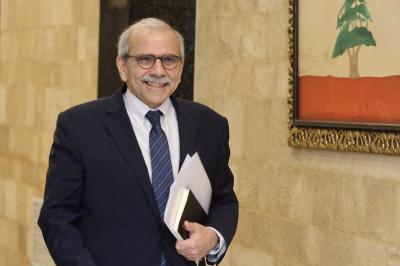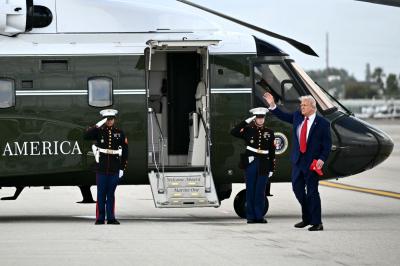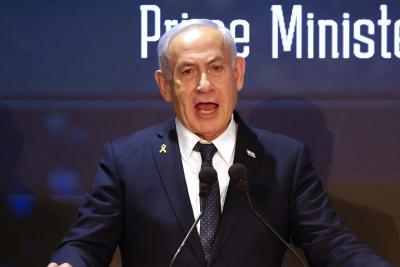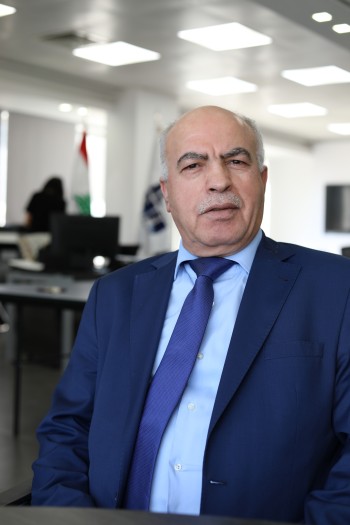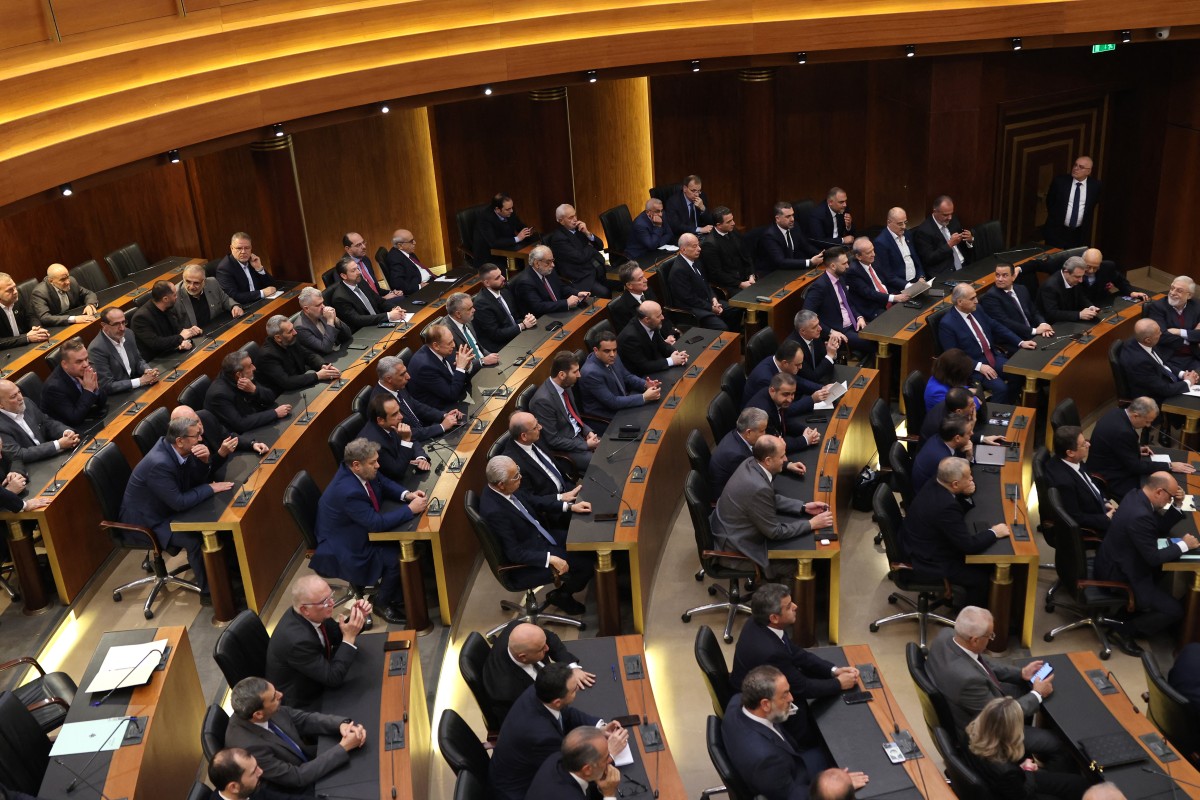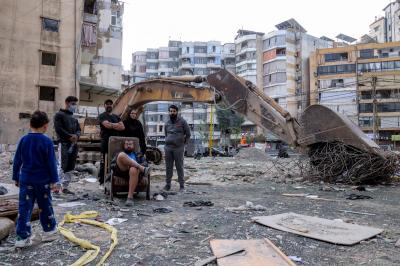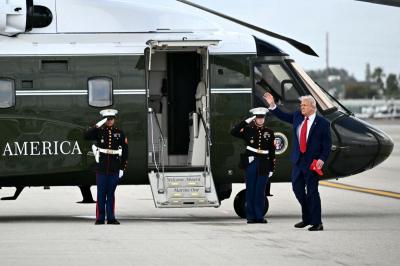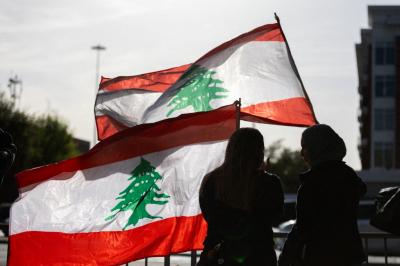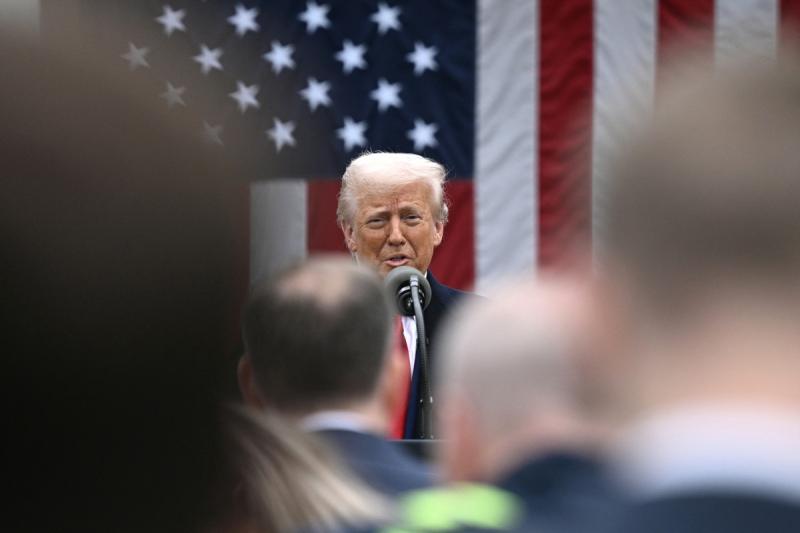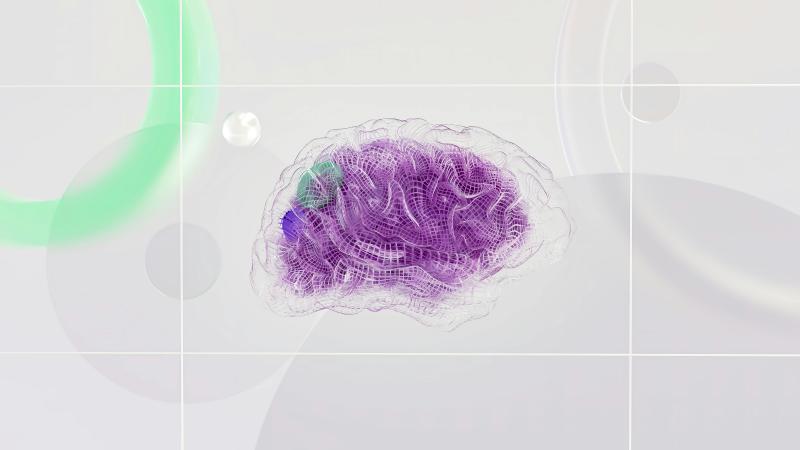Once Prime Minister Nawaf Salam’s government secures parliamentary confidence, it will embark on an extensive reform agenda spanning politics, economics, finance, and reconstruction—an effort aimed at halting the collapse Lebanon has been experiencing since 2019.
At the forefront of these reforms is the parliamentary election scheduled for spring 2026, which is expected to dominate the political discourse. Political factions are already gearing up for the electoral battle, seeing it as an opportunity to redefine the balance of power. With a president and prime minister from outside the traditional political establishment, there is hope that this election will pave the way for a new political dynamic.
An Electoral Law Tailored to Political Interests
In theory, the Taif Agreement, which both President Aoun and Prime Minister Salam reaffirmed in their respective inaugural speeches, should guide any electoral reform. However, since Lebanon’s first post-war elections in 1992, successive electoral laws have systematically deviated from Taif’s provisions, tailored instead to serve the interests of dominant political forces.
Most of these laws have relied on a majoritarian system, except for the 2018 and 2022 elections, which introduced a limited proportional system that failed to eliminate majoritarian dominance entirely. At the time, many hoped this partial reform would serve as a stepping stone toward a fully proportional system, in alignment with the spirit of the Taif Agreement.
The agreement clearly stipulates in its political reforms section that:
-The electoral district should be the mohafaza.
-Parliamentary seats should be equally divided between Christians and Muslims, with proportional representation among sects and regions, until a non-sectarian electoral law is enacted.
Furthermore, Taif mandates that elections must be conducted under a new electoral law based on mohafaza-wide proportional representation, ensuring national cohesion, fair representation across all societal groups, and an efficient electoral process. This reform is also tied to an administrative restructuring, meant to strengthen national unity and institutional integrity.
A Looming Political Clash
If political actors fail to honor their repeated commitments to fully implement Taif, electoral reform is likely to trigger fierce political disputes.
Sticking to the agreement would require adopting a fully proportional system based on mohafaza-wide districts, ending the exclusionary majoritarian model, which has historically deprived large segments of the population of parliamentary representation.
Past electoral laws have always served the interests of ruling parties, often manipulating electoral districts to their advantage:
-In 1992, mohafazas were used as electoral districts, except in Mount Lebanon, where the smaller caza (district) system was adopted to appease Walid Jumblatt (Hereditary political leader of the Druze community in Lebanon and also an influential figure within the Druze community) and other influential figures.
-In 1996, President Elias Hrawi insisted on using cazas in the Bekaa due to a political feud with then-Speaker Hussein Husseini over Taif’s implementation, particularly regarding restrictions on officials meeting with senior civil servants without a minister present.
Two Competing Proposals
As the government takes shape, two main proposals for electoral reform are being discussed:
1. A proportional system with mohafazas as the sole electoral districts, with adjustments to the controversial preferential voting system.
2. A nationwide proportional system, with two preferential votes per voter, a proposal supported by Speaker Nabih Berri and others. However, this model would require Lebanon to function as a full-fledged "party state", like many Western democracies.
An Unfinished Reform Process
Many of Taif’s provisions remain unimplemented or have been distorted to serve political interests. One key example is the creation of a Senate, which was supposed to represent all religious communities and handle critical national issues. Taif envisioned this Senate working alongside a non-sectarian Parliament, yet since 1992, all elections have remained sectarian-based, blocking any serious effort to establish the Senate.
A Parliament Without Oversight Power
Taif also mandates that Parliament should have full oversight over the government, with the ability to hold it accountable. However, since 1992, no Lebanese Parliament has ever censured or withdrawn confidence from a government, despite having the constitutional power to do so.
Electoral Districts: A Political Manipulation Tool
Another key provision of Taif concerns administrative decentralization, meant to enhance national cohesion and ensure balanced development. However, this clause has been repeatedly exploited for electoral gain rather than governance efficiency.
Political factions have redrawn administrative boundaries to suit their interests:
-Akkar and Baalbek-Hermel were elevated to mohafaza status.
-Kesrouan-Jbeil was announced as a new mohafaza but never officially implemented.
-Nabatiyeh was carved out from the South during the civil war.
Despite these administrative changes, none of these regions have experienced real socio-economic development or improved access to government services.
What Electoral Law Will Emerge?
Lebanon stands at a critical political crossroads. The next electoral law will not only shape the composition of Parliament but also determine the trajectory of political and institutional reforms.
If Taif is to be genuinely honored, the country must adopt a mohafaza-wide proportional system. However, if history is any indication, electoral laws in Lebanon tend to be driven by political expediency rather than national interest.
So, what will the next electoral framework look like? The answer will unfold in the coming months.
 French
French

